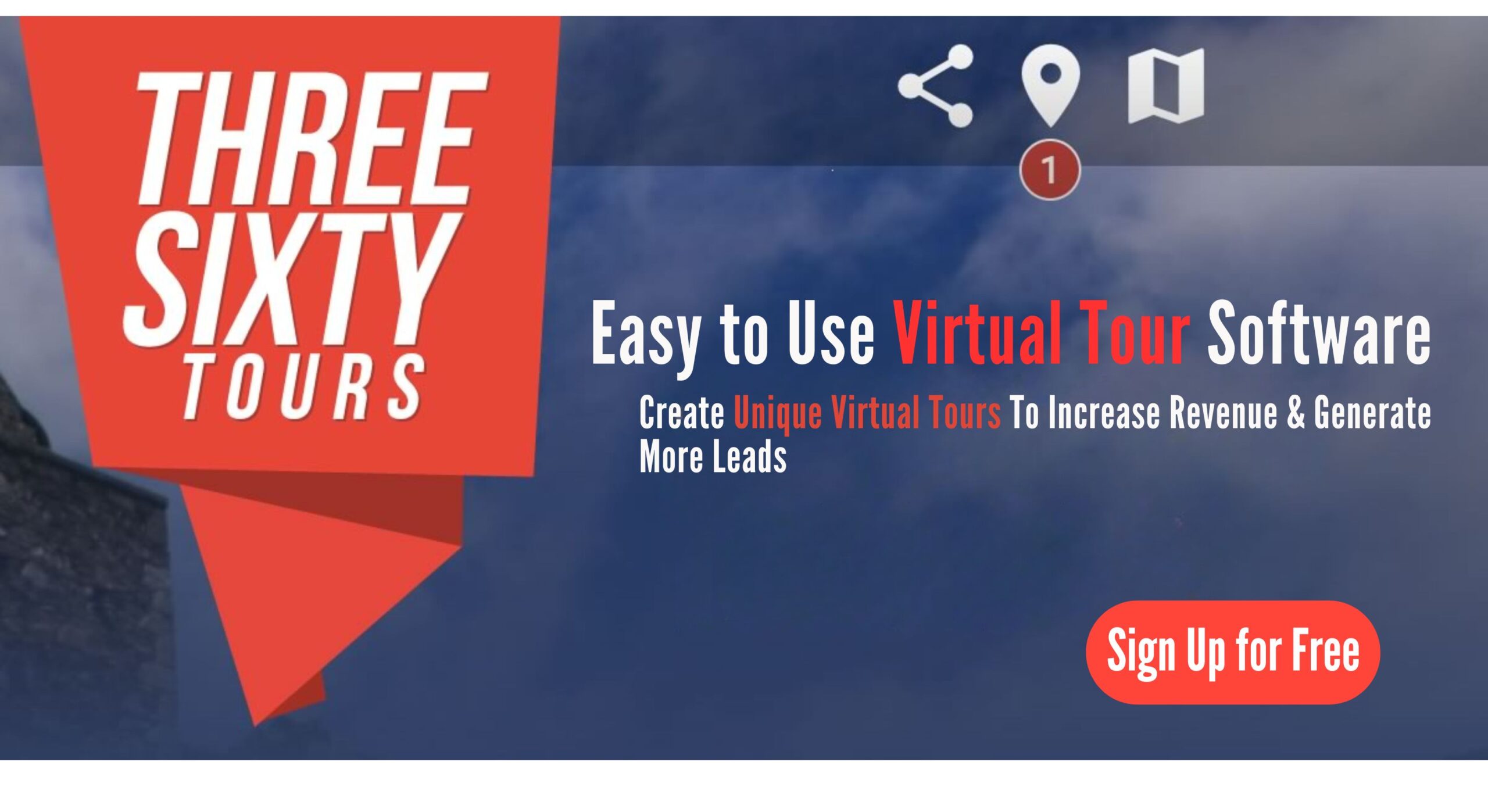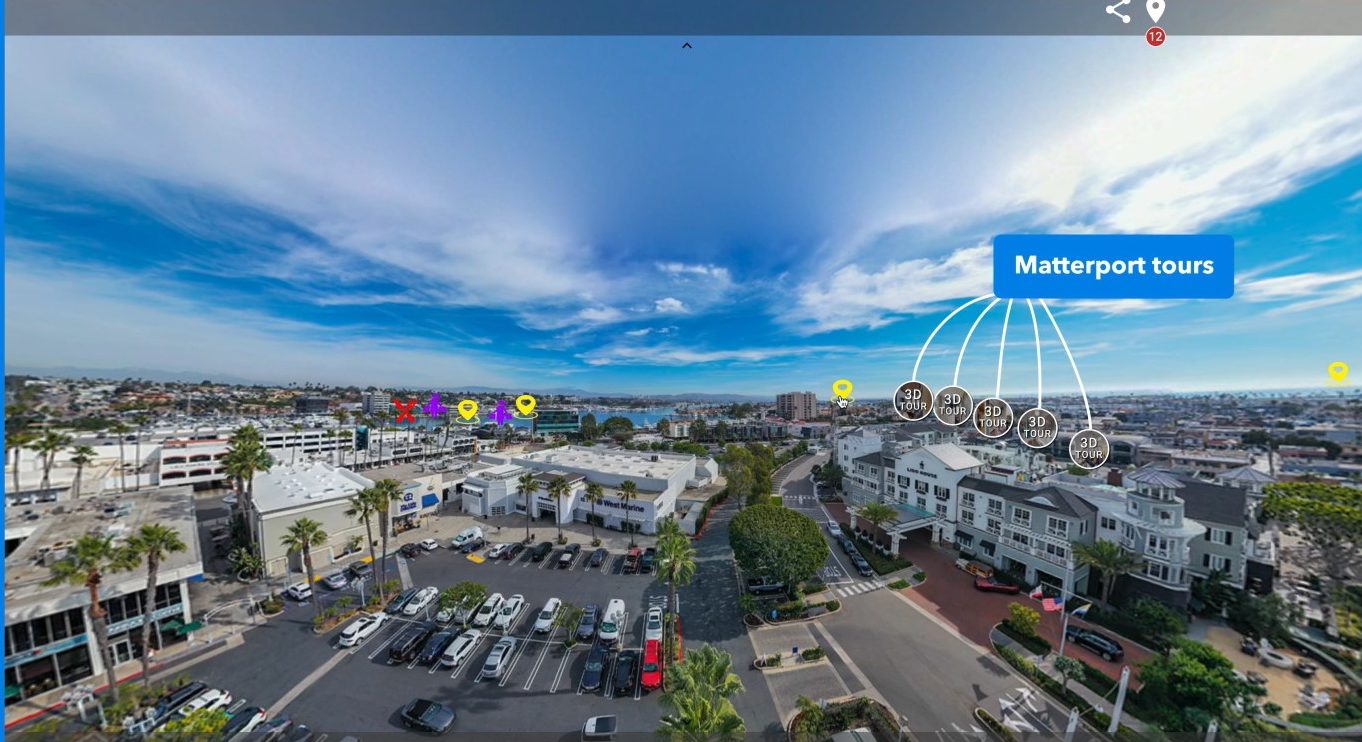virtual tours example
Virtual Tours: Revolutionizing Exploration
Excerpt:
In a world where digital experiences are becoming the norm, virtual tours are changing the way we explore and interact with spaces. From real estate listings to museum exhibitions and virtual classrooms, immersive 360-degree experiences are no longer futuristic—they’re here now. For photographers and real estate agents, this shift opens up exciting opportunities to engage audiences, showcase properties, and grow their businesses.
In this guide, we’ll explore how virtual tours are transforming exploration, the tech behind them, and how platforms like Threesixty.tours (www.threesixty.tours) empower creators to deliver stunning, interactive experiences.
I. Introduction
Virtual tours have evolved from being a cool novelty to a must-have tool for businesses, educators, and creatives. At their simplest, virtual tours are digital simulations of real-world spaces. They allow users to explore environments remotely using 360-degree images or immersive video.
These experiences can be accessed on desktops, smartphones, or even through VR headsets. The result? A feeling of actually being there—something that flat photos or videos just can’t match.
Today, virtual tours are everywhere:
- Real estate agents use them to show homes to buyers across the globe.
- Museums and galleries offer online access to their collections.
- Schools take students on virtual field trips to historic landmarks and scientific institutions.
For photographers and real estate professionals, this trend is a game-changer. With tools like Threesixty.tours (www.threesixty.tours), they can create high-quality, interactive tours that wow clients and attract new business. These tours add depth, scale, and immersion—making them ideal for storytelling and decision-making.
In this article, we’ll break down:
- The different types of virtual tours and how they’re used
- The tools and tech needed to create immersive experiences
- The benefits for businesses and creatives
- Common challenges and how to overcome them
- What the future holds for virtual tours
Whether you’re a photographer looking to expand your offerings or a real estate agent trying to close deals faster, this guide will help you navigate the virtual tour revolution.
II. Types of Virtual Tours
Virtual tours come in several formats, each designed for specific industries and goals. Knowing which type fits your audience can help you offer the best solution.
A. Real Estate Virtual Tours
Real estate is one of the biggest users of virtual tours. These tours let potential buyers “walk through” a property without ever stepping inside. Using 360-degree views, floor plans, and clickable hotspots, buyers can check out every room in detail.
Benefits for real estate agents include:
- Reaching more buyers, even those in other cities or countries.
- Reducing the need for in-person showings.
- Getting more views and inquiries on listings.
Photographers can tap into this market by offering 360-degree photography services. Using tools like Threesixty.tours (www.threesixty.tours), they can build tours that include branding, contact info, and interactive features.
B. Museum and Gallery Virtual Tours
Museums and galleries are using virtual tours to make art and culture accessible to everyone. These tours often feature clickable artworks, audio guides, and video commentary.
Benefits for institutions include:
- Reaching global audiences.
- Preserving exhibits digitally.
- Encouraging donations and future visits.
Photographers with experience in fine art or architectural photography can work with museums to digitize exhibits. It’s a creative outlet that also opens up new revenue streams.
C. Educational Virtual Tours
Virtual tours are transforming how students learn. Schools and universities use them for virtual field trips, campus tours, and interactive lessons. These tours often include quizzes, narration, and videos to keep students engaged.
Benefits of educational tours:
- Making learning accessible to students everywhere.
- Providing interactive, real-world content.
- Saving on the cost of physical field trips.
For content creators and photographers, this is a chance to create meaningful, educational experiences. It’s also a great way to build a diverse portfolio.
D. Hospitality and Travel Virtual Tours
Hotels, resorts, and travel destinations use virtual tours to give potential guests a taste of the experience. These tours can showcase rooms, amenities, and local attractions.
Benefits include:
- Increasing bookings by letting guests preview their stay.
- Standing out in a competitive market.
- Building trust with potential travelers.
Photographers can offer specialized services to the hospitality industry, creating immersive tours that highlight the best features of a location.
E. Retail and Commercial Space Tours
Retailers and commercial property managers use virtual tours to showcase spaces to potential tenants or customers. These tours can highlight layout, design, and product placement.
Benefits include:
- Attracting more qualified leads.
- Reducing the need for multiple site visits.
- Enhancing online shopping experiences.
By understanding the needs of each industry, photographers and agents can tailor their services and deliver more impactful results.
III. Technology Behind Virtual Tours
The wow factor of virtual tours comes from the technology behind them. Fortunately, the tools are more accessible than ever.
A. Cameras and Image Capture
There are two main ways to capture virtual tour images:
1. 360-Degree Cameras
Cameras like the Ricoh Theta, Insta360, and GoPro Max are popular for their ease of use. They capture spherical images with one click and require minimal editing. These are great for real estate and quick-turnaround projects.
2. DSLR with Panoramic Heads
For higher-end work, DSLRs with panoramic tripod heads offer more control and image quality. This method involves taking multiple shots and stitching them together using software. It takes more time but delivers stunning results.
B. Editing and Stitching Software
Once images are captured, they’re stitched together using software like:
- PTGui
- Autopano
- Adobe Photoshop
These tools help create seamless panoramas and correct any stitching errors.
C. Hosting and Tour-Building Platforms
After your images are ready, you’ll need a platform to build and host your tour. Threesixty.tours (www.threesixty.tours) is a leading option that offers:
- Interactive hotspots, audio, video, and floor plans
- Custom branding with logos and colors
- Easy embedding on websites and social media
- Analytics to track engagement
Using a platform like Threesixty.tours simplifies the process and helps you create polished, professional tours.
D. Virtual Reality (VR) Compatibility
Some virtual tours can be viewed with VR headsets, offering a fully immersive experience. This is especially useful for luxury real estate, travel, and education.
While not every user has a VR headset, offering compatibility can set your tours apart.
E. Mobile and Desktop Optimization
A good virtual tour works on any device. Make sure your tours are responsive and load quickly on smartphones, tablets, and desktops.
Test your tours across different platforms to ensure a smooth user experience.
IV. Benefits of Virtual Tours
Virtual tours offer compelling advantages for both creators and users. Let’s break down the biggest benefits.
A. Reach Remote Audiences
One of the top benefits is accessibility. Virtual tours let people explore spaces from anywhere in the world. Whether it’s a homebuyer overseas or a student in a rural area, virtual tours remove geographic barriers.
They’re also available 24/7, so users can explore at their convenience.
B. Save Time and Money
Virtual tours reduce the need for in-person visits. For real estate agents, this means fewer showings. For schools, it means no buses or permission slips.
Photographers can offer recurring services like tour maintenance or updates, creating ongoing income.
C. Increase Engagement
Virtual tours are interactive, which keeps users engaged longer. People love being able to control their experience and explore at their own pace.
This leads to:
- More time spent on your website
- Better retention and recall
- Higher conversion rates
D. Improve Decision-Making
Virtual tours provide a complete view of a space. Buyers can make more informed decisions, and students can better understand complex topics.
For real estate, this means more qualified leads. For educators, it means better learning outcomes.
E. Boost Marketing and SEO
Virtual tours can improve your website’s SEO by increasing time on page and reducing bounce rates. They’re also highly shareable on social media.
Embedding a tour from Threesixty.tours can enhance your online presence and attract more traffic.
V. Challenges and Limitations
While virtual tours are powerful, they do come with some challenges.
A. Technical Learning Curve
Creating a high-quality tour takes skill. You’ll need to learn how to shoot 360-degree images, manage lighting, and stitch images together.
There’s also a learning curve with editing software and hosting platforms. But the good news? Tools like Threesixty.tours are designed to be user-friendly, even for beginners.
B. Equipment Costs
Professional equipment can be costly. A good 360 camera, tripod, and editing software can add up. However, many creators start small and upgrade as they grow.
C. User Experience Issues
Some users may find virtual tours confusing or experience motion sickness with VR. To avoid this:
- Use simple, intuitive navigation
- Keep loading times fast
- Offer guided paths or instructions
Always test your tour on different devices before sharing it.
D. Fear of Reduced In-Person Visits
Some businesses worry that virtual tours will replace physical visits. In reality, they often enhance them. A virtual tour can spark interest and lead to more serious inquiries.
For example, a buyer might use a virtual tour to shortlist homes before scheduling an in-person visit.
VI. Future Trends in Virtual Tours
The future of virtual tours is exciting. Here’s what’s on the horizon:
A. AI and Automation
Artificial intelligence is making it easier to create tours. AI can help with image stitching, hotspot placement, and even voice narration.
B. 3D Modeling and Digital Twins
More businesses are using 3D models to create digital replicas of real spaces. This is especially useful in construction, architecture, and manufacturing.
C. Augmented Reality (AR)
AR lets users overlay digital information on the real world. Imagine pointing your phone at a building and seeing a virtual tour pop up. This tech is still emerging but has big potential.
D. Live Virtual Tours
Some platforms now offer live virtual tours where hosts guide users in real time. This adds a personal touch and is useful for real estate or educational settings.
E. Deeper Integration with E-Commerce
Retailers are embedding virtual tours into online stores. Shoppers can explore a virtual showroom and click to buy products directly from the tour.
For more on how virtual tours are reshaping retail, check out this article from Forbes: https://www.forbes.com/sites/forbestechcouncil/2020/12/15/how-virtual-tours-are-revolutionizing-e-commerce/
VII. Conclusion
Virtual tours are changing the way we explore the world—making it more accessible, interactive, and engaging. Whether you’re in real estate, education, travel, or photography, virtual tours offer a powerful way to connect with your audience.
With platforms like Threesixty.tours (www.threesixty.tours), creating professional-quality tours is easier than ever. You don’t need to be a tech wizard—just bring your creativity and a willingness to learn.
As technology continues to evolve, virtual tours will only become more immersive and essential. Don’t wait to get started. Embrace the virtual tour revolution and start creating experiences that captivate and inspire.
Ready to take the next step? Visit www.threesixty.tours and bring your vision to life today.


